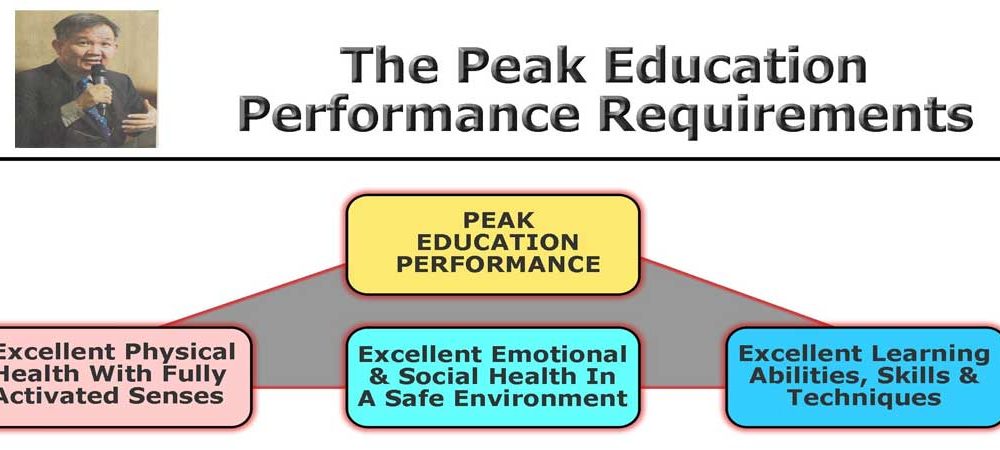21st Century Education and its Challenges
21st Century Education and its Challenges
Our world has changed significantly in the last century. Unfortunately, most current educational systems have not evolved quickly enough to meet the new challenges that our children now face.
For the schools that have evolved, they are no longer educational institutes that merely disseminate data to students to memorise and regurgitate, rather, they have become nerve centres. A place for teachers and students to connect with other like-minded individuals to learn and grow together. Educators in this new environment will become less instructors, spoon feeding information to their students, but become facilitators of learning. Allowing students the ability to turn knowledge into wisdom. In order to effectively educate in the 21st century, educators and administrators need to cultivate and maintain the student’s interest in learning by demonstrating how the curriculum applies in the real world. They must also try to be flexible, teaching according to each student’s needs and abilities. Such a system will greatly enhance the student’s enjoyment of learning, bring out their natural curiosity, and enable lifelong learners.
There are many skills that children will need in order to be successful in this new system of education.
This includes:
Critical thinking skills
Oral presentation skills
Written communication skills
IT skills
A global mindset
The ability to conduct their own research independently
In a 21st century classroom, students should be actually excited and look forward to learning. They will be able collaborate with other students and commercial enterprises both locally and globally.
The environment in the school should be as conducive to learning as possible.
This will foster a love of learning the student will bring along to adulthood.
Learning Abilities, Skills & Techniques
After nurturing the child to be physically healthy with fully activated senses and emotionally stable, self-confidence, trusting teachers and other authority figures, able to communicate and work together with friends and willing to do hard things and persevere; we have a most excellent child well prepared to be taught learning abilities which are needed skills to handle all kinds of school subjects, contents and materials.
The 3 basic presentation of objects used in education are figural (pictures or forms representing actual things with its associate sounds such as colors), symbolic (representative images that carry meaning such as mathematic symbols like 1, 2, 3…., +, -, x, etc – with its associated sounds), semantics (such as languages representation – with its associated sounds).
For each type of presentation, the basic skills required are:- abilities to differentiate, recognize, categorize, remember, recall and give names (vocabulary). For young children at the pre-primary level, the child should have been prepared for 13 basic learning abilities to prepare for primary school.
By the end of primary school, the child should have developed 30 learning abilities, skills and techniques as subjects, contents and materials are usually presented in multiple forms which can be rotated and transformed from each other as in a system similar to Rubic’s cube.
As the child develops further, even more finer tuned learning abilities are required to handle more data which can overwhelms students who are not properly prepared.
At the university level, thankfully students are allowed to specialize and choose their major field of studies. Where they are strong in figural learning abilities, these students will choose architectural, building, designs and some engineering. For those strong in symbolic learning abilities, they would choose engineering, sciences, programming and some teaching. For those strong in semantic learning abilities, they would usually choose languages, communication science, business, teaching etc.
When all students are trained in learning abilities, their choices will be greatly expanded and more students could easily handle double majors and even take on more degrees across different faculties. Cross disciplines graduates have distinct advantages and are highly valued in getting employment, and can do research or better prepared to do business on their own.



